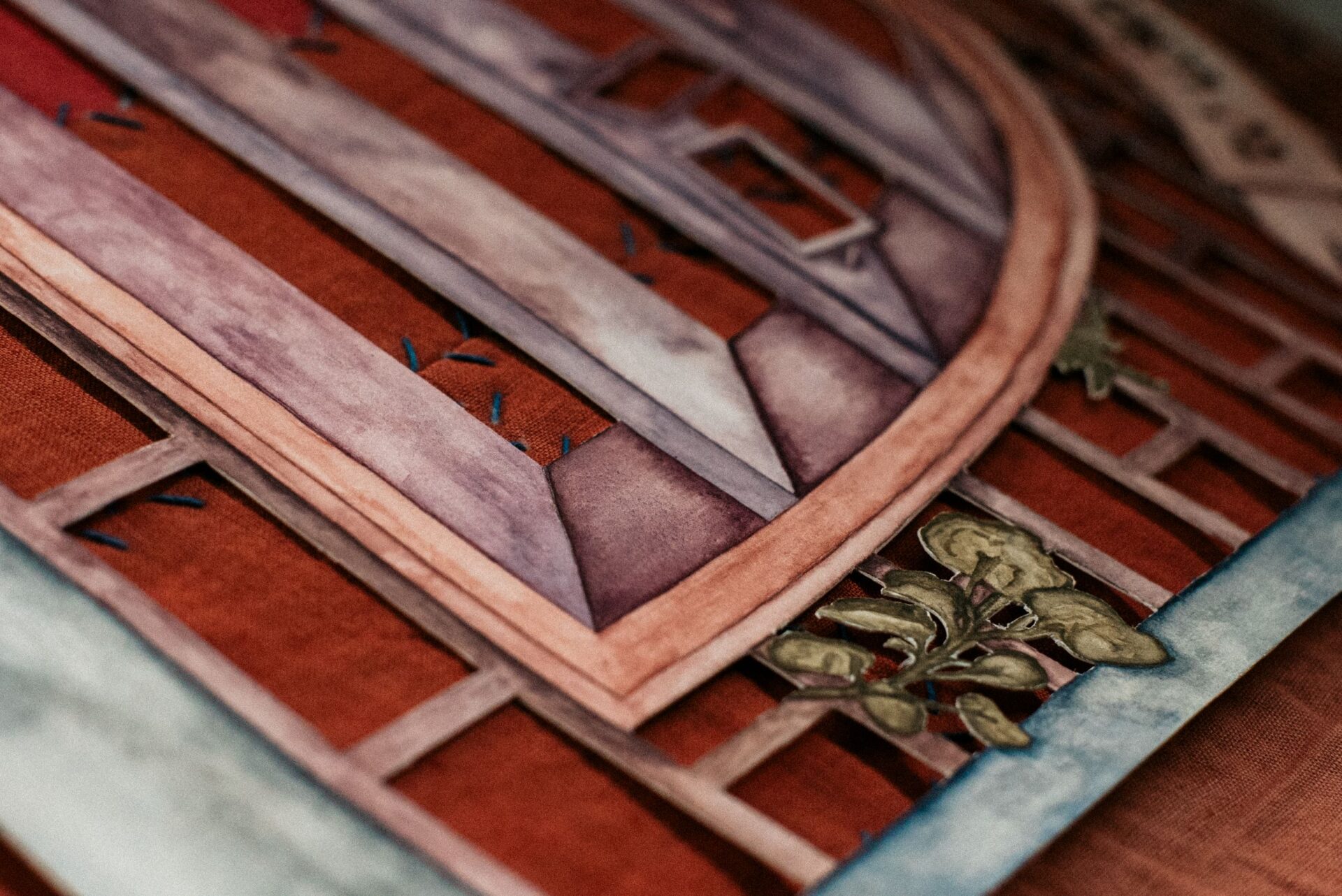14.02.16
08.05.16
This is the first exhibition at the Centre of Contemporary Art Toi Moroki since the 2011 earthquakes.
Be moved, be challenged, be inspired. The audience is invited to respond to the idea of artist as innovator and to reconsider the conventional definition of sculpture.
Precarious Balance is a group exhibition featuring Sophie Bannan, Matt Calderwood, Sione Faletau, Claire Fontaine, Regan Gentry, Shaun Gladwell, Rob Hood, John Ward Knox, Joanna Langford, Richard Maloy, Zina Swanson, Catherine Yass, Peter Trevelyan, Abigail Reynolds, Erwin Wurm, Wayne Youle.
The exhibition includes precariously balanced objects and architectural references, giving a sense of playfulness. Silliness, laughter, satire and fun provide a counterbalance to the physical tension in the artworks. The works may also cause us to reflect on the social and physical rebuilding of Christchurch, and the broader global issues of social and political inequality.
The exhibition also incorporates some of the stonework from the original 1880’s Canterbury Society of Arts building, saved in the earthquake recovery programme. They are placed throughout the gallery, marking the history and significance of the CSA, a reference to the foundations of the organisation and the re-launch of CoCA. The integration of these stones within the exhibition is a symbol of the pivotal role that the organisation will play in the Christchurch community.

'Untitled', 2016 Mark Calderwood
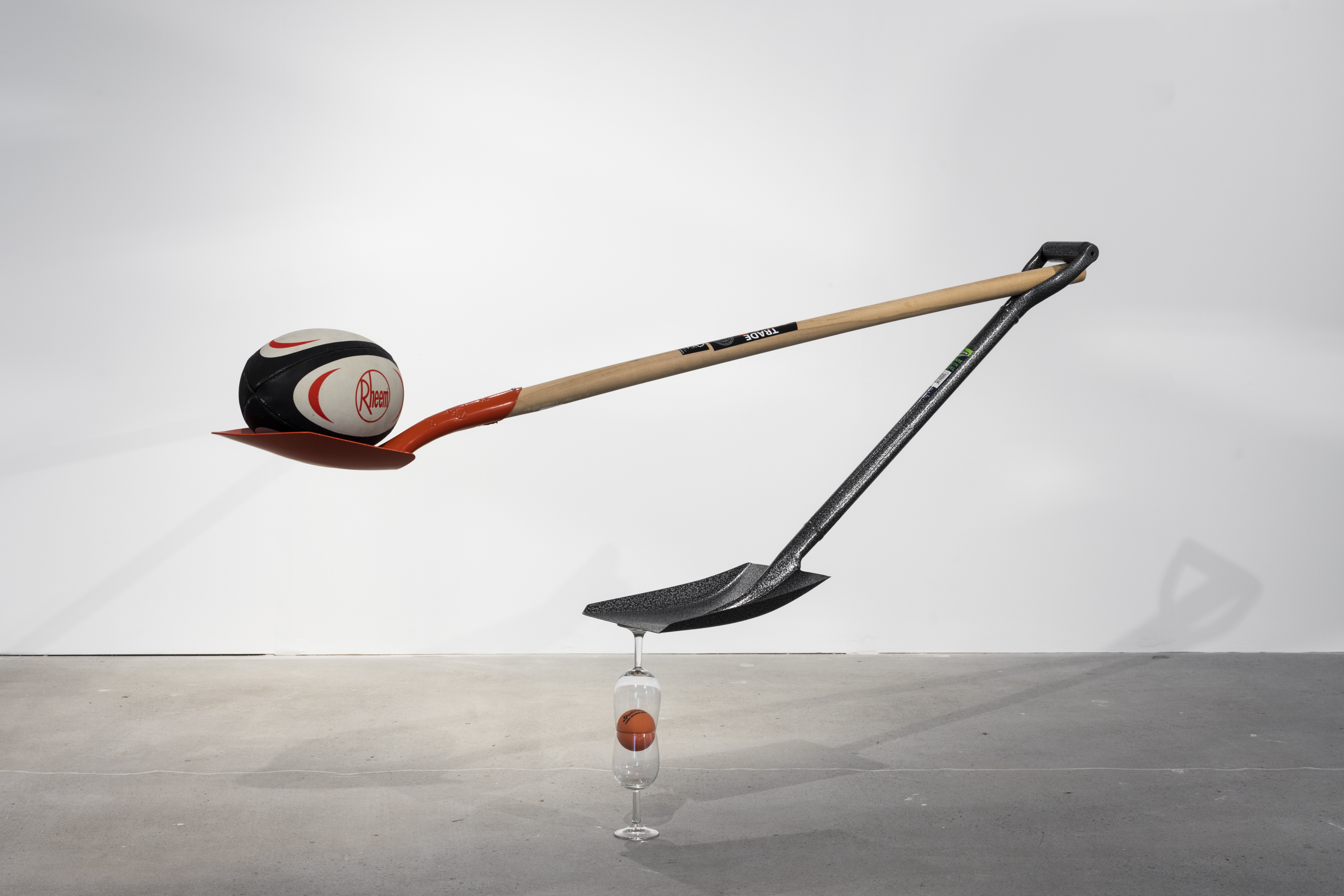
'Untitled', 2016 Mark Calderwood
'Untitled', 2016 Mark Calderwood
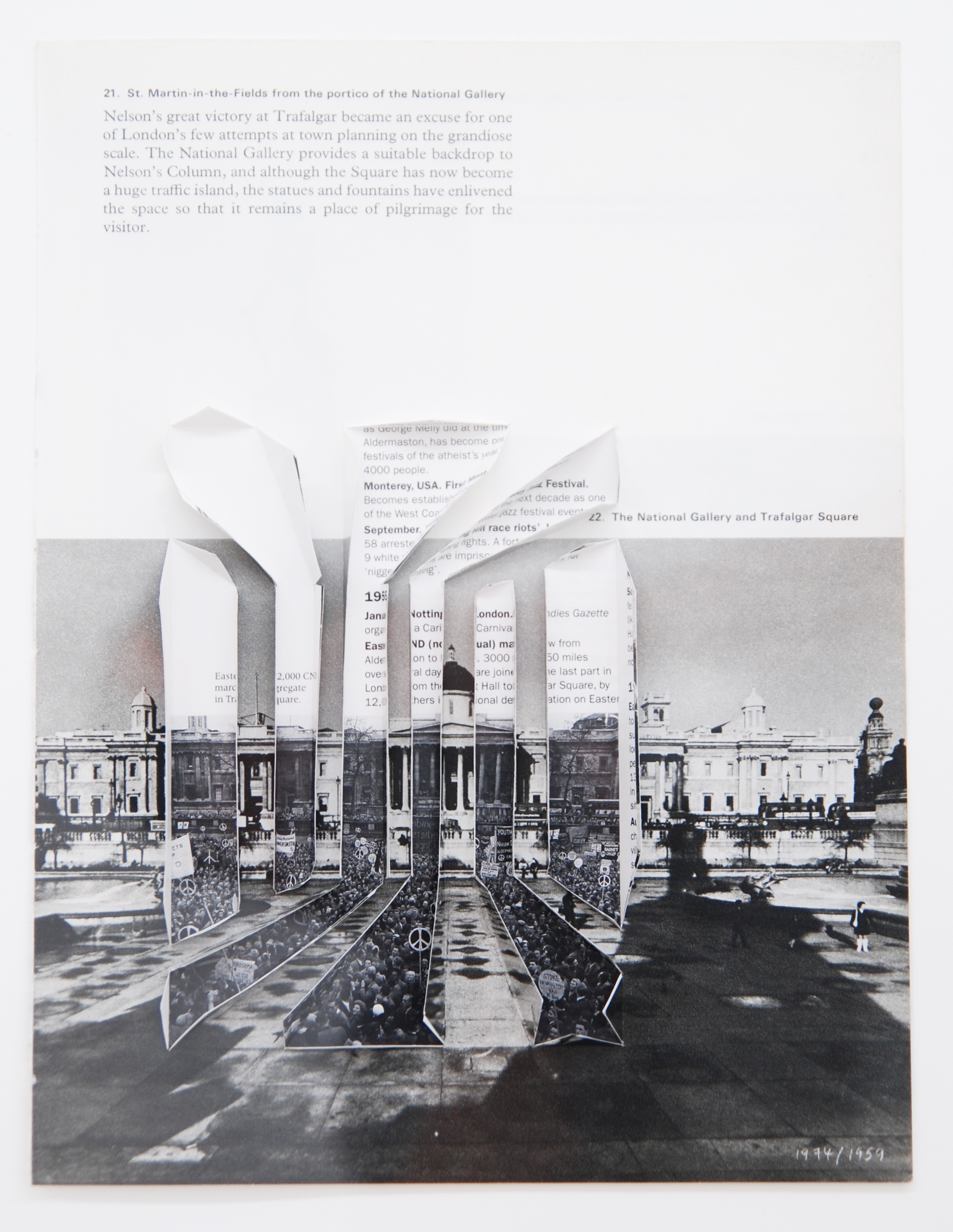
'National Gallery 1974/2000', 2012 Abigail Reynolds
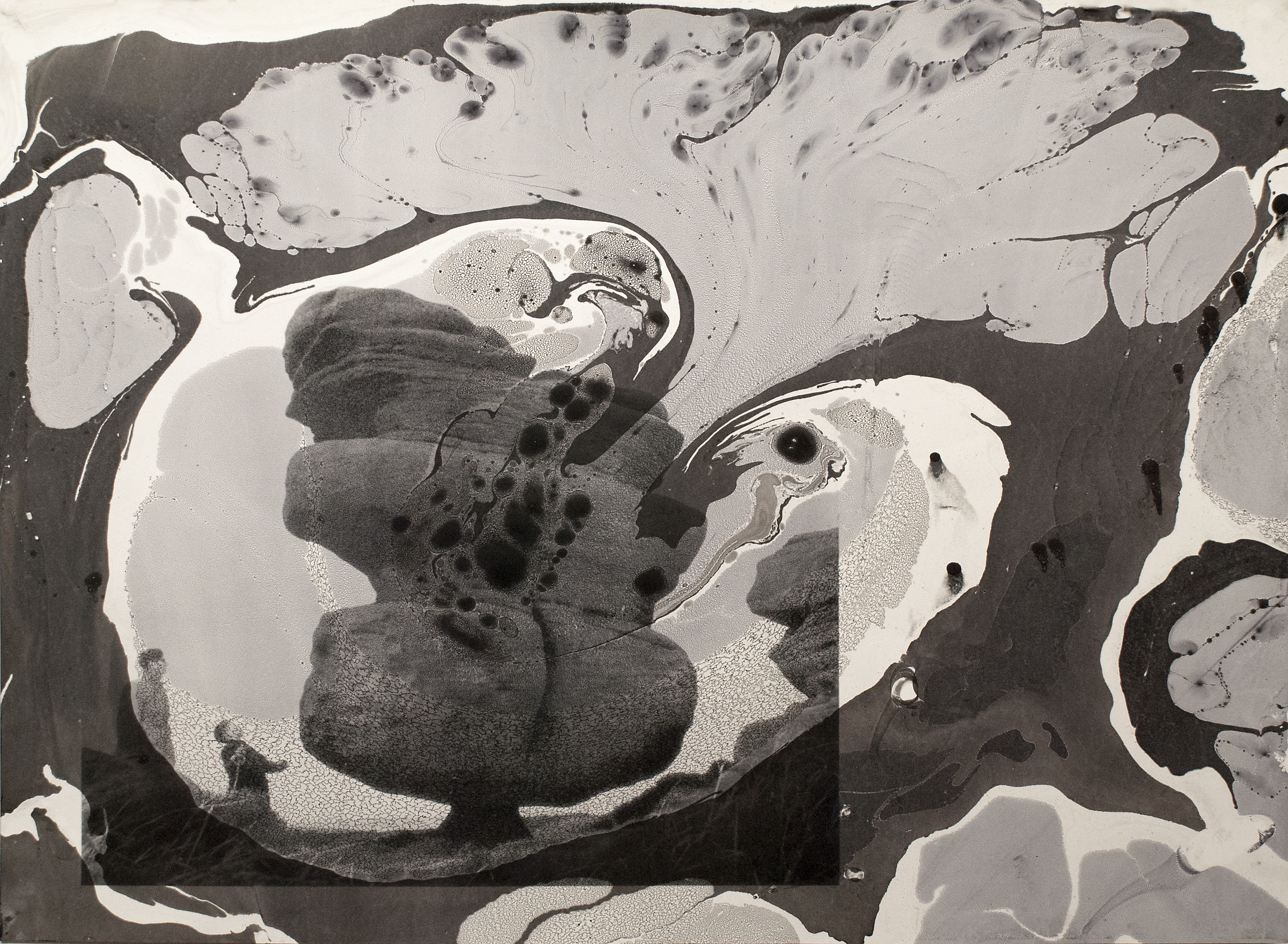
'Untitled M1 (Brimham Rocks)', 2012
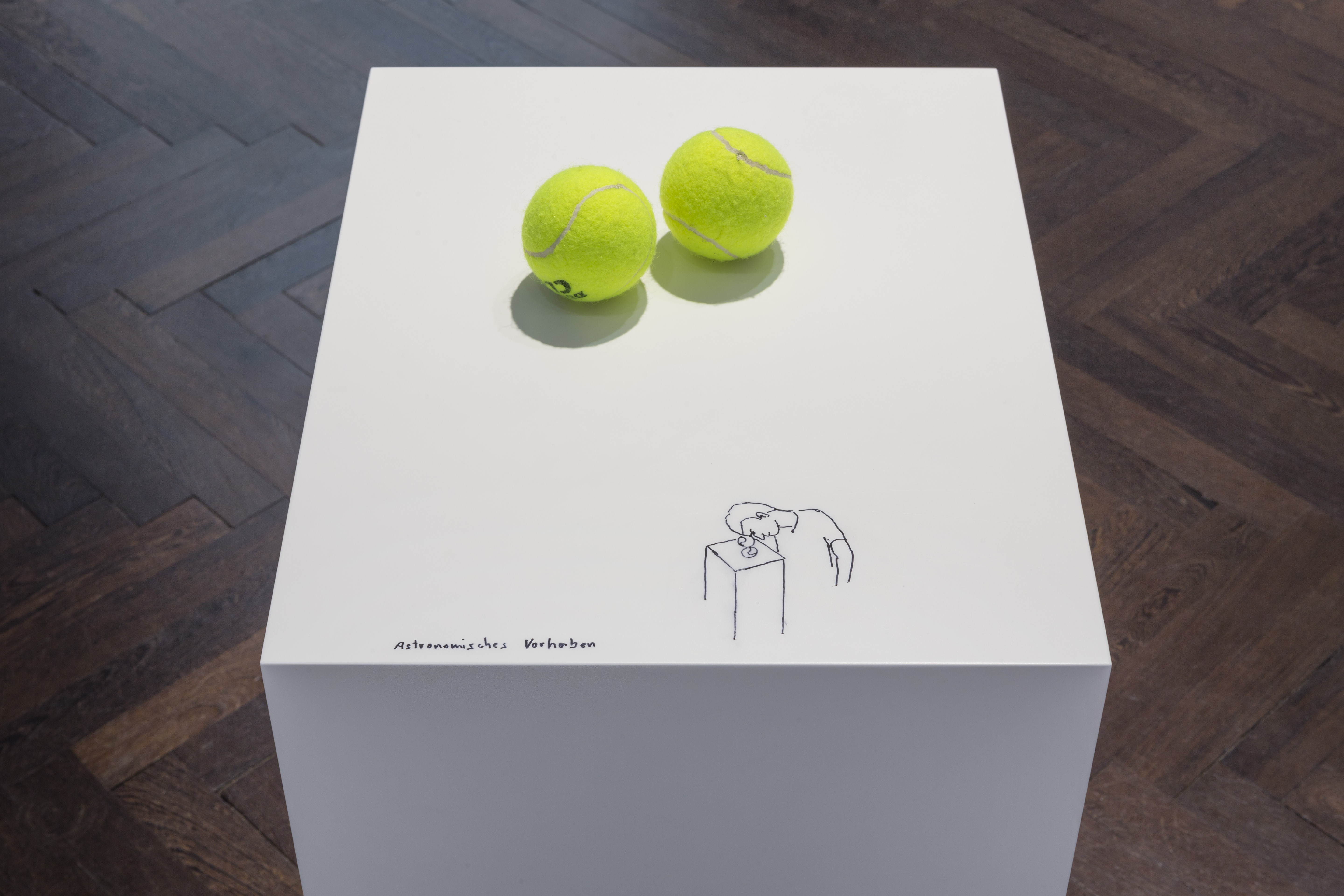
'One Minute Sculpture - Astronomical Enterprise' Erwin Wurm 2005-2015
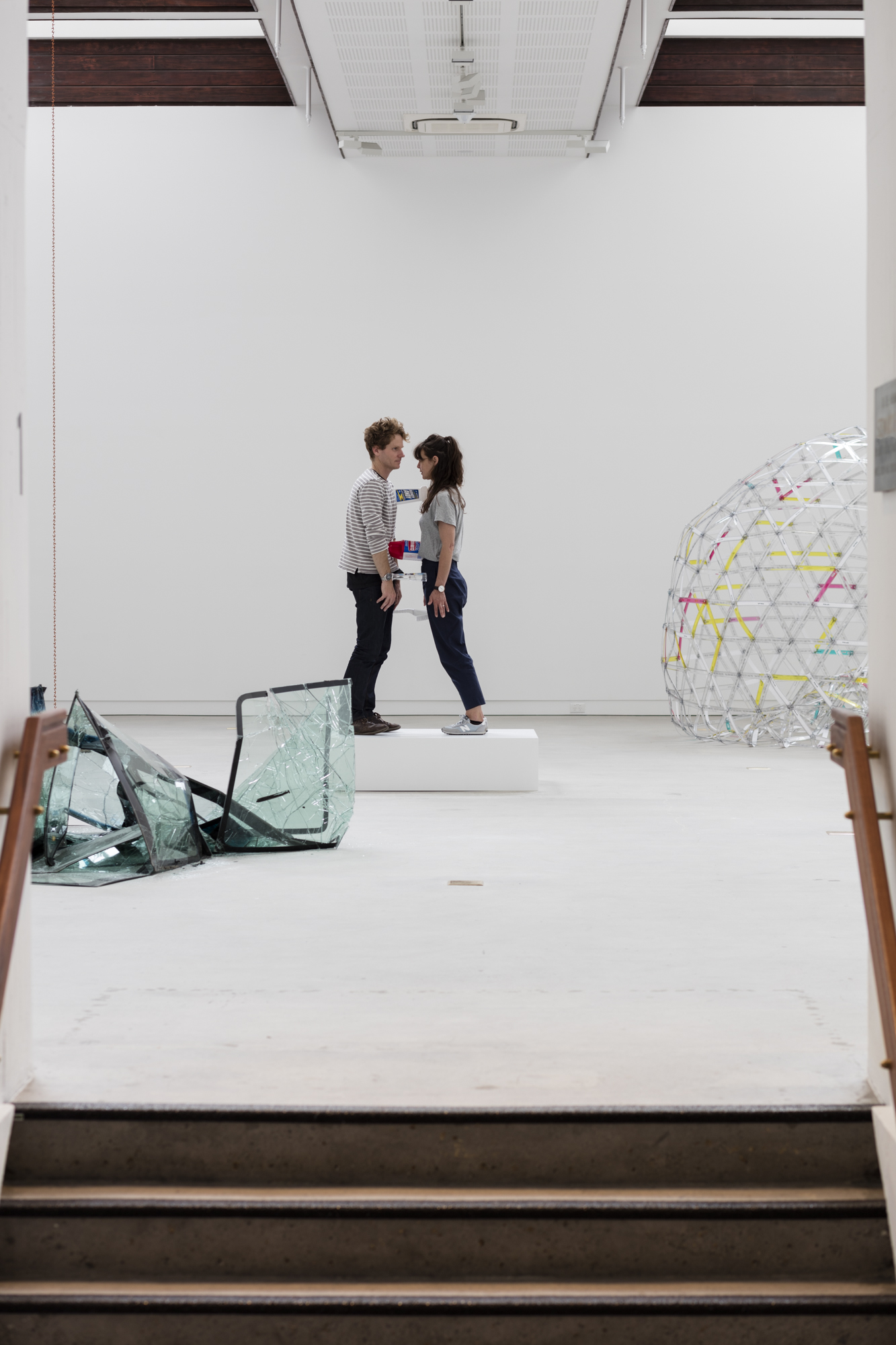
'One Minute Sculpture - Organisation of Love' 2005-2014, Erwin Wurm

'Storm Sequence', 2000 Shaun Gladwell
'Big Yellow', 2013 Richard Maloy
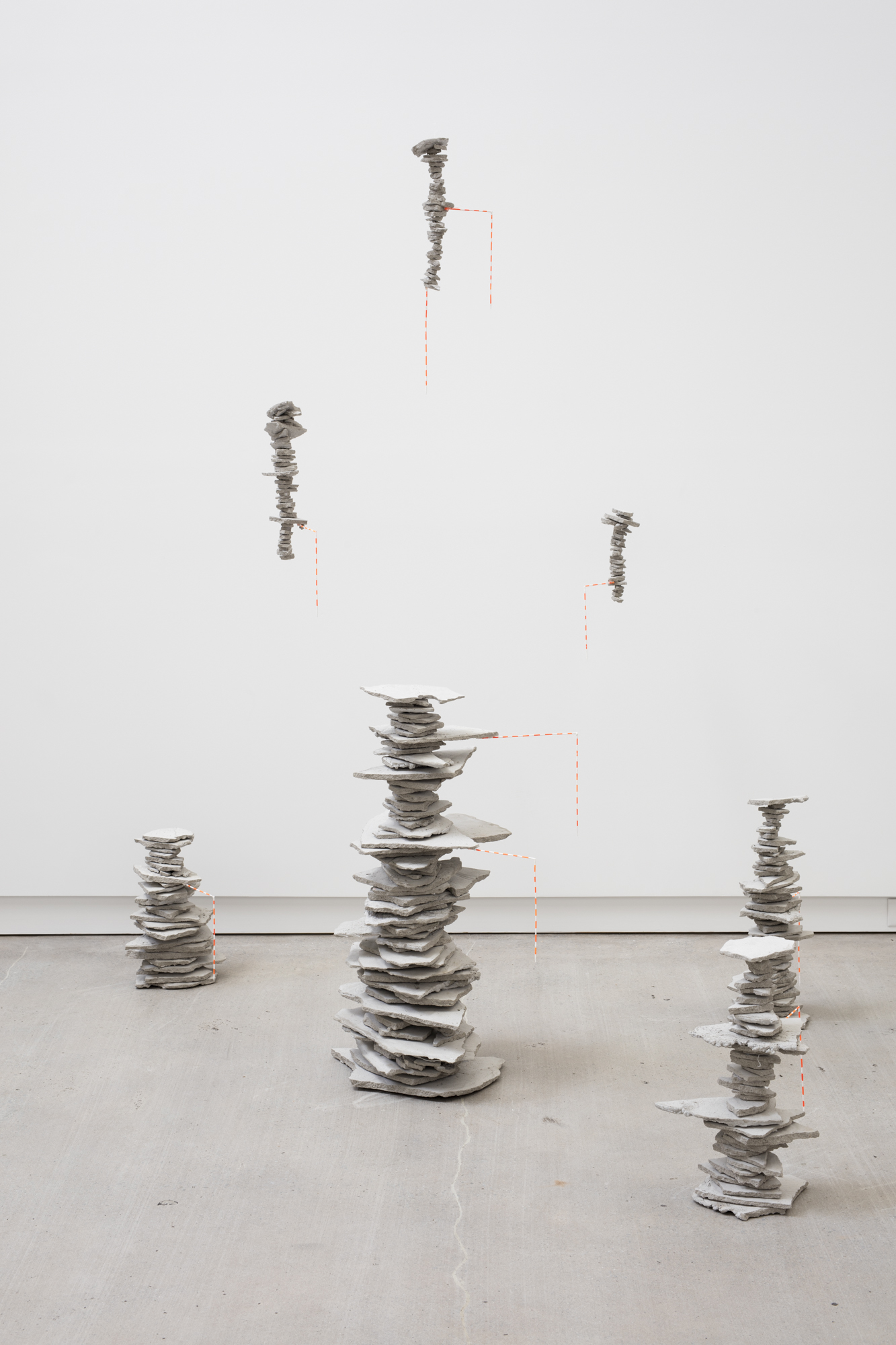
'Calling the Deep', 2015 Joanna Langford

'Calling the Deep', 2015 - detail Joanna Langford

'Ha’amonga ‘a Maui', 2015 Sione Faletau

'Untitled', 2011 John Ward Knox
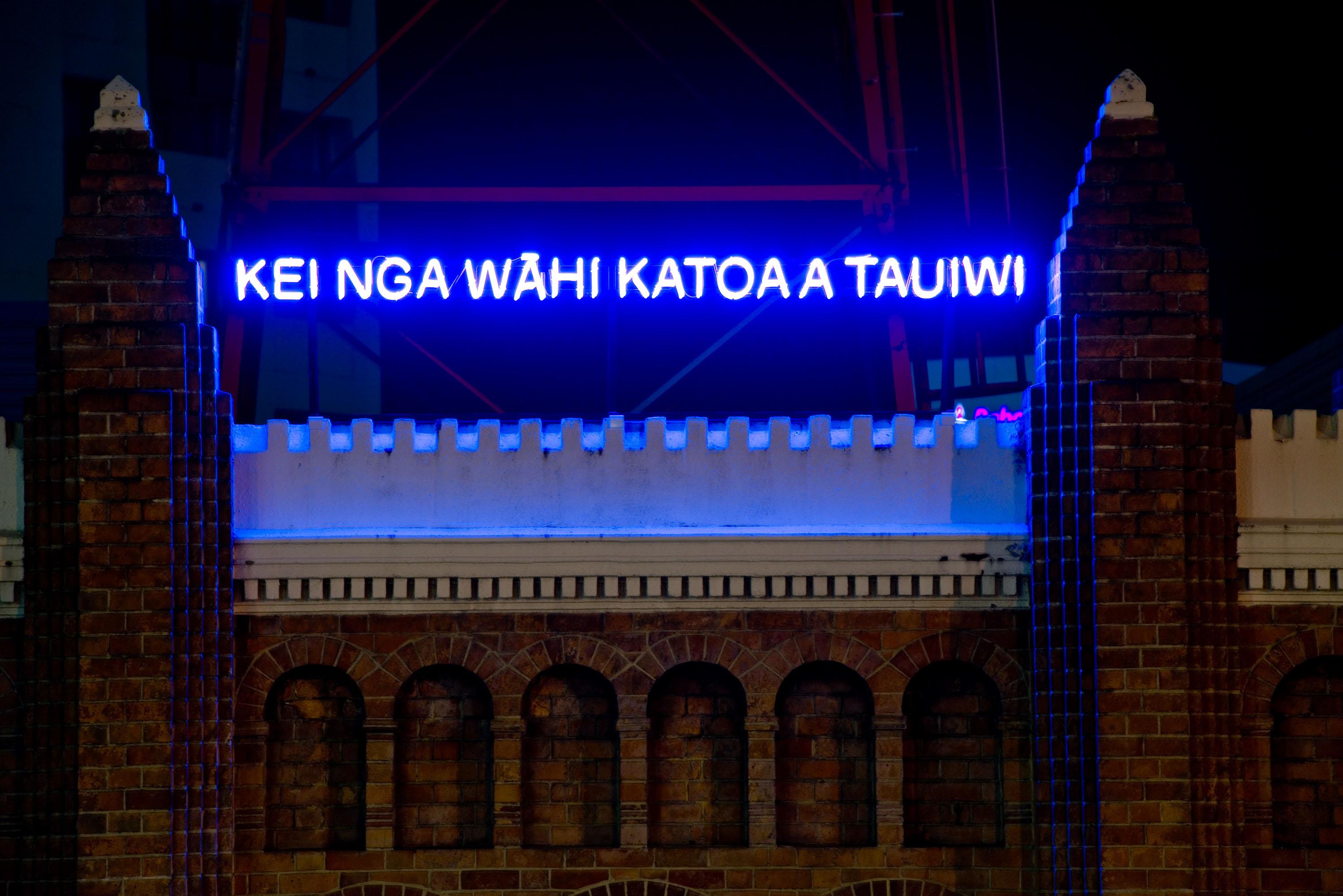
'Foreigners Everywhere (Southern Māori)', 2015 Claire Fontaine

'High Wire', 2008 Catherine Yass

'High Wire', 2008 - headcam view Catherine Yass
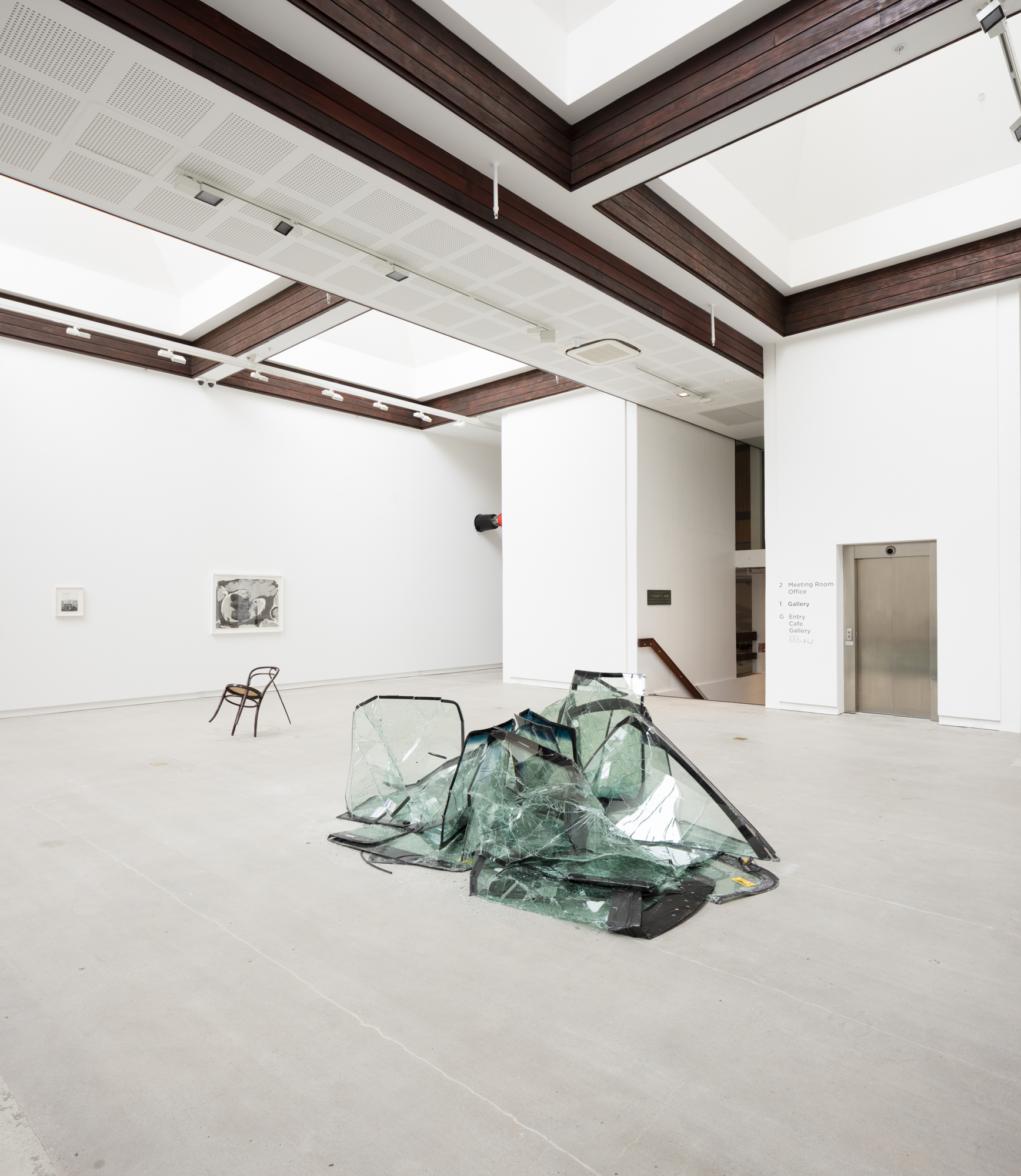
'Big Bull Market', 2016 Rob Hood

'Big Bull Market', 2016 Rob Hood

'Backwater', 2015 Sophie Bannan

'Backwater', 2015 Sophie Bannan

'Christchurch-church-church', 2004 Regan Gentry

'Something In Waiting', 2016 Zina Swanson

'Something In Waiting', 2016 - detail Zina Swanson

'Circularism', 2016 Peter Trevelyan
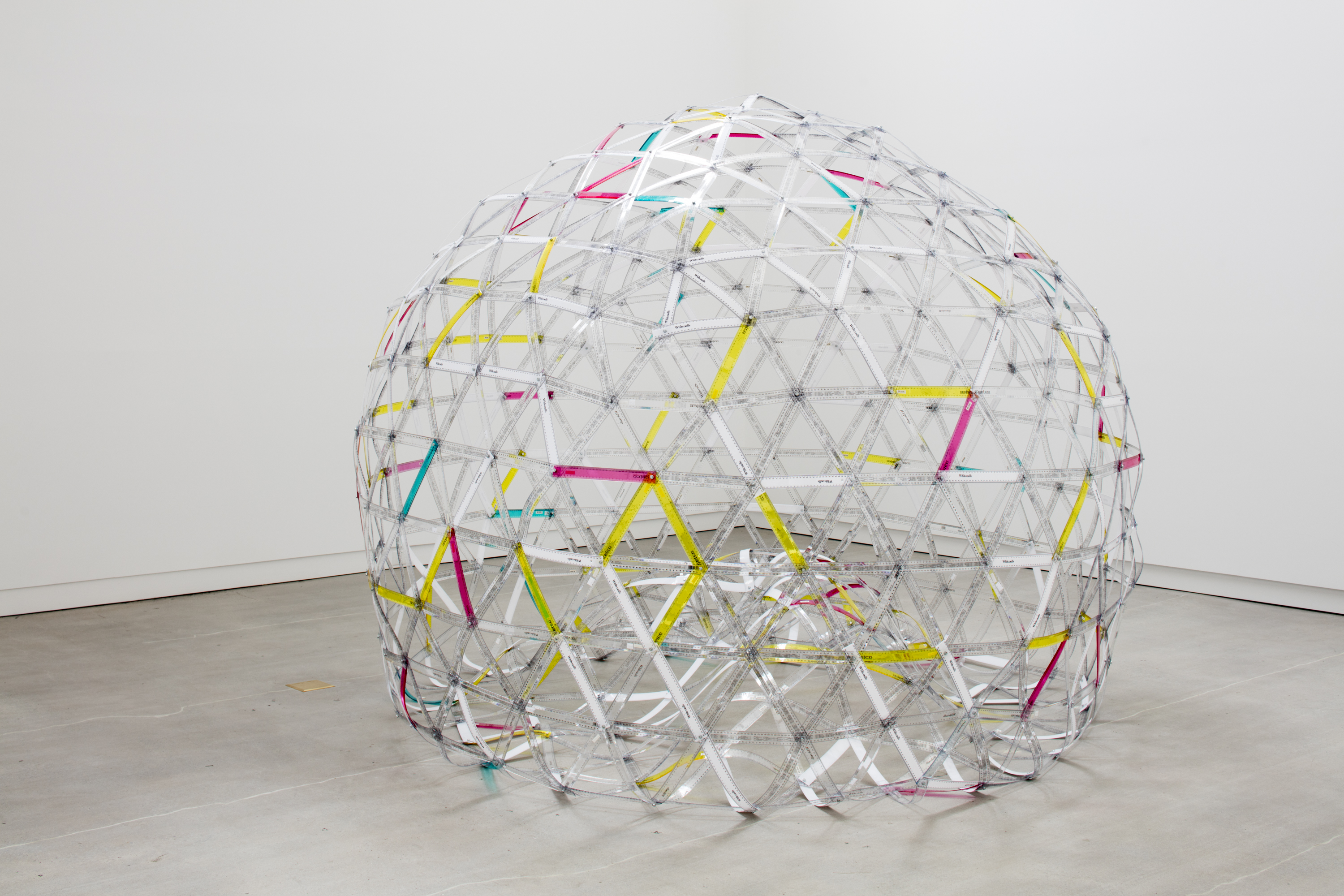
'Circularism', 2016 Peter Trevelyan
The Artists
Abigail Reynolds (b. 1970) was born in London. Before pursuing fine arts she studied Literature at Oxford University. She graduated with a Masters of Fine Arts from Goldsmiths in 2002, but had been exhibiting group and solo exhibitions throughout Europe and the USA since 2000.
Catherine Yass (b. 1963) lives and works in London. Yass is a leading contemporary photographer and filmmaker whose work explores the psychological impact of architectural space. Yass’ career has been an illustrious one. She has staged a number of solo exhibitions, and in 2002 was nominated for the prestigious Turner prize.
Claire Fontaine is a Paris-based collective, founded in 2004. Claire Fontaine lifted their name from a popular brand of school notebooks, and soon after declared herself a ‘readymade artist’. Claire Fontaine elaborates a version of neo-conceptual art that often looks like the work of other artists.
Erwin Wurm (b. 1954) is an Austrian artist, who lives and works in Vienna and Limberg. Wurm is best known for his humorous approach to formalism, and critique of consumer society and contemporary culture. He makes use of everyday items to make the familiar strange, humorous and unsettling. His notorious series, One Minute Sculptures, has – since the 1980s – invited audiences to become a sculpture for one minute, by following written and sometimes illustrated instructions.
Joanna Langford (b. 1978) is a New Zealand artist, known for her imaginative installations made from found objects and second hand materials. Langford reuses the simplest of materials to transform the mundane into the magical. She was awarded the Olivia Spencer-Bower Fellowship in 2006, and a residency at Wanganui’s Sarjeant Gallery in 2007. Langford’s work has attracted considerable critical acclaim both nationally and internationally.
John Ward Knox (b. 1984) was born in Auckland, New Zealand. His minimalist sculptures and delicately rendered drawings are the kinds that prompt you to look twice, and ask yourself, how does Ward Knox uncannily balance that set of every day yet emotionally laden objects? In 2008 Knox was awarded the National Drawing Award and in 2015 was the Frances Hodgkins Fellow. His works are part of the James Wallace Art Trust and Chartwell Collections and feature in private collections.
Matt Calderwood (b. 1975) is a Belfast-born artist who lives and works in London. Calderwood is known for performance, sculpture and film works that are often filled with danger. He is best known for his installation that balance and counter-balance is an intriguing feature in much of Calderwood’s work. His works often feature commonplace objects such as buckets, basketballs and wine glasses in alignments that appear on the verge of collapse.
Peter Trevelyan (b. 1973) graduated from the University of Canterbury’s School of Fine Arts in 2000. In 2008 he received a Master of Fine Arts, and a PhD in 2014 from Massey University’s School of Fine Arts.
A broad range of influences informs Trevelyan’s work. His interests in mathematics, drawing and architecture are evident in his sculptural works, but less obvious is his fascination with theories of social systems. Since beginning exhibiting in 2000, Trevelyan has built up an impressive exhibition history, including several major temporary public artworks.
Regan Gentry (b. 1976) graduated from Otago Polytechnic in 2000 with a Bachelor of Fine Arts. Gentry is known for artworks that seamlessly integrate into public space.
His public works of note include Near Nowhere, Near Impossible (2008), which was the result of Gentry’s residency at the Sarjeant Gallery in Whanganui, Flour Power (2008) in Christchurch and Subject to Change (2009) in Wellington. Gentry’s art reflects his sense of humour and love of the absurd.
Richard Maloy (b. 1977) completed a Masters of Fine Arts at Elam School of Fine Arts, University of Auckland in 2001, and in 2010 completed a Fullbright Scholarship in California. Maloy’s practice is multi-disciplinary. Maloy is concerned with the act of art making and the connections between artists, their artwork and their audience. Because of this, process and performance are central to Maloy’s work. Maloy explores his interests through a range of artistic mediums including sculpture, installation, photography and video.
Rob Hood (b.1974) is a Christchurch-based artist. He holds an MFA (2011) and BFA Sculpture (1999) from Ilam School of Fine Arts, Canterbury University. Rob utilises a range of media from photography and drawing to installation and video. He is known for his penchant for taking up and transforming the found detritus of pop and consumer culture. Hood was the Olivia Spencer Bower Fellow in 2007 and is represented by Jonathan Smart Gallery.
Shaun Gladwell (b. 1972) is an Australian-born, London-based artist who has worked with painting, installation and sculpture, but is best known for his video works. Gladwell’s films explore energy, balance and motion, through tracking cycles, rhythms and various kinds of informal performance, from bike-riding and car-surfing through to skateboarding. Gladwell completed Associate Research at Goldsmiths College, London in 2001, represented Australia at the 53rd Venice Biennale and travelled to Afghanistan as the official Australian War Artist in 2009.
Sione Faletau (b. 1991) is a Tongan born, South Auckland-based performance and video artist whose work deals with Tongan ideals of body and masculinity. The weight of culture, legacy, gender and identity are recurring themes in his works. Faletau carries this weight both literally and conceptually; in many of his works Faletau carries laden objects or other people, using his body to explore ideas of the Tongan male body as a tool.
Sophie Bannan is a Christchurch based artist and writer with an MFA from the University of Canterbury. Recent exhibitions include; ‘Backwater,’ North Projects, Christchurch; ‘Variations,’ Knight Street Art Space, Melbourne; ‘The Optimists,’ with John Ward-Knox, Blue Oyster Art Project Space, Dunedin; and ‘Thinking About Building,’ (curated by Melanie Oliver), The Physics Room, Christchurch.
Zina Swanson (born 1981) is based in Christchurch and investigates the relationship between nature and culture. Her works are both disquieting and enchanting. Swanson teases out abstract ideas in drawings and sculpture. In her recent work she explores rituals, superstitions, and the relationship between people and plants. There is a measured yet organic approach to her works – an unsettling balance between the natural and man-made.
She was the Frances Hodgkins Fellow in 2013 and in 2014 visited New York as an apexart inbound fellow.
